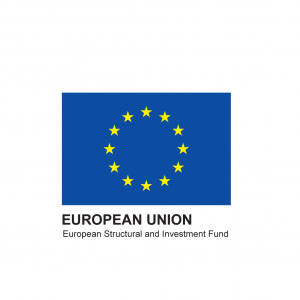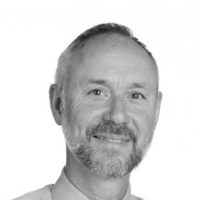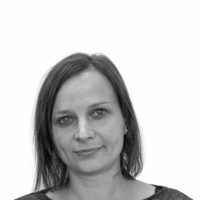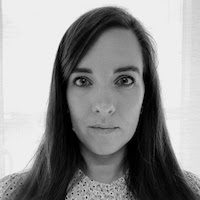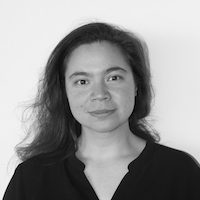
JONAS
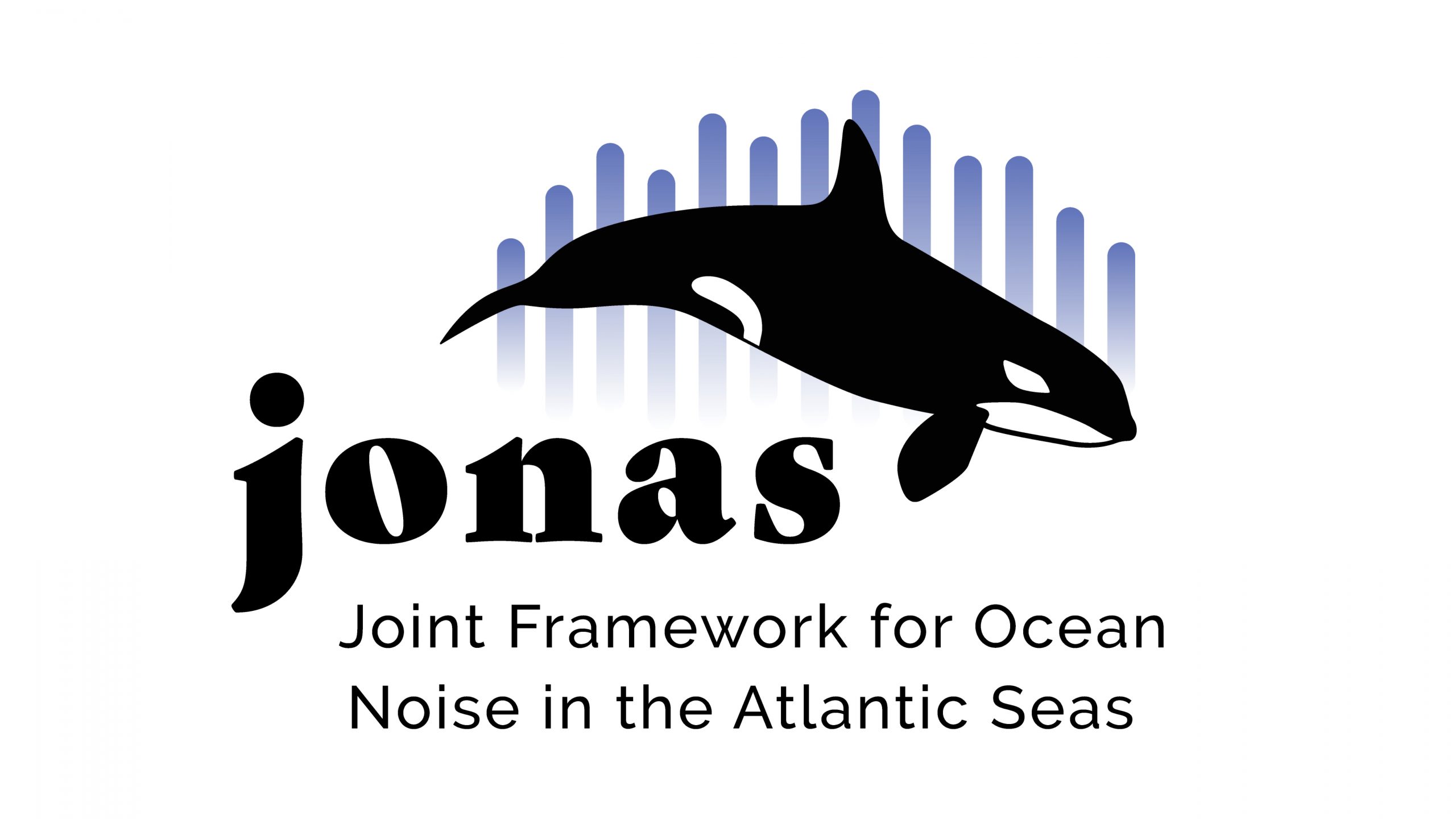
- Title
-
JONAS: Joint Framework for Ocean Noise in the Atlantic Seas
- Start Year
-
March 2019
- End Year
-
September 2022
- Funding Body
-
INTERREG Atlantic Area
- Project Coordinator
-
Gerry Sutton, MaREI UCC
- Research Host
-
MaREI, ERI, UCC
- Research Partners
-
University College Cork, IE, Marine Scotland, UK, CEFAS, UK, SHOM, FR, Quiet-Oceans, FR, UPC, ES, PLOCAN, ES, University of Algarve, PT, Hidrografico, PT
- Project Manager
-
Pauhla McGrane, UCC (2020-2022)
Emma Knowles, UCC (2022)
- Research Area
- Communications
-
Kathrin Kopke, MaREI UCC
Amy Dozier, MaREI, UCC
Introduction
JONAS was an INTERREG Atlantic Area-funded research project addressing threats to biodiversity from underwater noise pollution through better risk management and monitoring.
Marine activities such as shipping, offshore surveys, and construction produce continuous and impulsive noise that can adversely affect marine species. JONAS was an INTERREG Atlantic Area-funded research project that brought together partners from Ireland, the UK, France, Portugal, and Spain to address the transboundary issue of underwater noise. JONAS addressed the risks of these acoustic pressures on marine biodiversity by improving ocean noise monitoring and risk prediction. Through our research and outputs, JONAS aimed to support European nations in meeting the requirements of the Marine Strategy Framework Directive (MSFD) — the EU’s legally-binding framework for protecting Europe’s marine environment.
Nine research partners from across the European Atlantic area came together to examine and address the effects of noise on sensitive species in the NE Atlantic Ocean through the following primary outputs:
Noise Risk Assessment
JONAS produced monthly noise and risk maps to support better planning and decision-making in EU Member States. These maps were based on the spatial modelling of noise characteristics and the distributions of key sensitive species.
Ocean noise case studies
JONAS conducted 5 case studies on the impacts and effects of acoustic pollution, including ship quieting methods, seismic survey operations, offshore wind energy devices, and acoustic deterrent devices in aquaculture.
Noise Visualisation Platform
JONAS developed an online noise visualisation platform designed to make technical material more accessible
Work Packages
WP1: Coordination Lead: MaREI, UCC
WP1 ensures effective implementation of the project including routine operations, executive planning, strategic oversight, governance, and control. It is led by coordinator Gerry Sutton of MaREI, University College Cork, and supported by Pauhla McGrane, the JONAS Project Manager. They are backed by a team of highly experienced EU administrative and finance personnel at UCC, with an excellent track record in the delivery of 100+ EU projects over a 20 year period.
WP2: Communication Lead: MaREI, UCC
The Work Package 2 team, led by Kathrin Kopke and Amy Dozier, communicates and disseminates project findings to a range of audiences through a number of outputs, including newsletters, fact sheets, events, and social media. WP2 in particular targets audiences such as public competent authorities relevant to European Directives (e.g. MSFD and MSP), private sector organisations and industry (e.g. shipping), academia in related fields of expertise, and the interested public.
WP3: Capitalisation Lead: PLOCAN
WP3 ensures that the project builds upon the state of the art and delivers products that can be sustained beyond the project lifetime. Capitalisation by WP3 will integrate the project’s outputs described in WP4-8 into a sustained online Underwater Visualisation Platform that will be defined, designed, and developed according to the requirements expressed by stakeholders, including users from the academic and industrial sectors, policymakers, Copernicus CMEMS, and EMSO ERIC.
WP4: Marine Strategy Framework Directive (MSFD) Monitoring Support Lead: University of Algarve
This WP aims to develop the tools and methodologies for implementing an efficient MSFD noise monitoring strategy throughout the regions and member states of the Atlantic arch and their respective regional ocean areas. This is a support task that will involve the harmonisation of MSFD implementation across regions both at the data gathering technical level (equipment standardisation, calibration or measurement methodology) and at the data management level (data harmonisation, metadata, storage, retrieval, data availability, etc).
WP5: Noise Mapping of MSFD Pressure Indicator in the Atlantic Area Lead: SHOM
WP 5 provides relevant methodologies for computing noise maps to the evaluation of the Descriptor 11 Criterion 2 of the MSFD. Researchers will gather data required for modelling, including environmental parameters and an automatic identification system (AIS) for vessel traffic. Validated noise indicator maps with confidence assessments will be ground-truthed and then used for the evaluation of the MSFD D11C2.
WP6: Risk Mapping Lead: Quiet-Oceans
WP6 will design a suitable methodology valid throughout the Atlantic Area for large-scale noise risk assessment and mapping. The methodology will be applied to the Atlantic Area for a period of one year in order to serve all countries as a common reference for future implementation of the MSFD at national levels. The risk assessment methodology will be based on (1) the input from WP5 that will deliver large-scale noise maps, and (2) an inventory of biodiversity data on species/taxa distribution (A 6.1).
WP7: Threshold Setting Methodology Lead: CEFAS
WP7 aims to support Atlantic Area states in meeting the MSFD threshold values for anthropogenic noise by developing proposals for how such thresholds can be defined in a way that promotes regional coherence across the unique environment of the Northeast Atlantic. Through consultation with the transnational advisory committee, proposals for threshold-setting methodologies will be developed which are tailored to the needs and priorities of policymakers and environmental managers in the Atlantic area.
WP8: Cumulative Noise Management Case Studies Lead: UPC
This work package demonstrates the application of risk mapping and indicator methodologies developed under WP6 and WP7 in concrete management scenarios. These scenarios are designed to address specific human drivers of noise in the Atlantic Area in relation to species, habitats, and ecosystems of management importance. The outputs will exemplify how the risk mapping and indicator methodologies can support decision making in the management of specific noise pressures in the Atlantic Area, and illustrate the further analysis of MSFD acoustic monitoring data to indicate abundance and biodiversity of soniferous species.
Publications and Reports
Publications
- Soares, C., Duarte, R. J., Silva, M.A., Romagosa, M., Jesus, S. M. (2020). Shipping Noise in the Azores: a threat to the Faial-Pico cetacean community? Mtgs. Acoust. 40. https://doi.org/10.1121/2.0001313
- Soares, C., Duarte, R. J., Zabel, F., Silva, M.A., Jesus, S. M. (2020). Shipping noise predictions from AIS in the Faial-Pico area, Azores archipelago. http://www.siplab.fct.ualg.pt/pubs/csoares1.20.pdf
- C. Rodriguez, R. Duarte and S.M. Jesus. (2021). PAM2Py: a Python tool for sharing of ocean soundscape data. Proceedings of Meetings on Acoustics Vol.44(1), 070011. https://doi.org/10.1121/2.0001471
Reports
- 1st Stakeholder Workshop Report: Visualising Underwater Noise
- 1st Stakeholder Workshop At-a-Glance
- 2nd Stakeholder Workshop Report: Underwater Sound Mapping
- 2nd Stakeholder Workshop At-a-Glance
Newsletters
Resources and Media
Today’s Ocean Soundscape Illustration
JONAS collaborated with the European Marine Board to produce an illustration of the current ocean soundscape for their Future Science Brief 7: Addressing Underwater Noise in Europe: Current State of Knowledge and Future Priorities.
The illustration was created by Amy Dozier, of MaREI, University College Cork. Please feel free to download and share the infographic online or in presentations. For print use, please contact Amy Dozier at ei.ccu@reizod.yma.
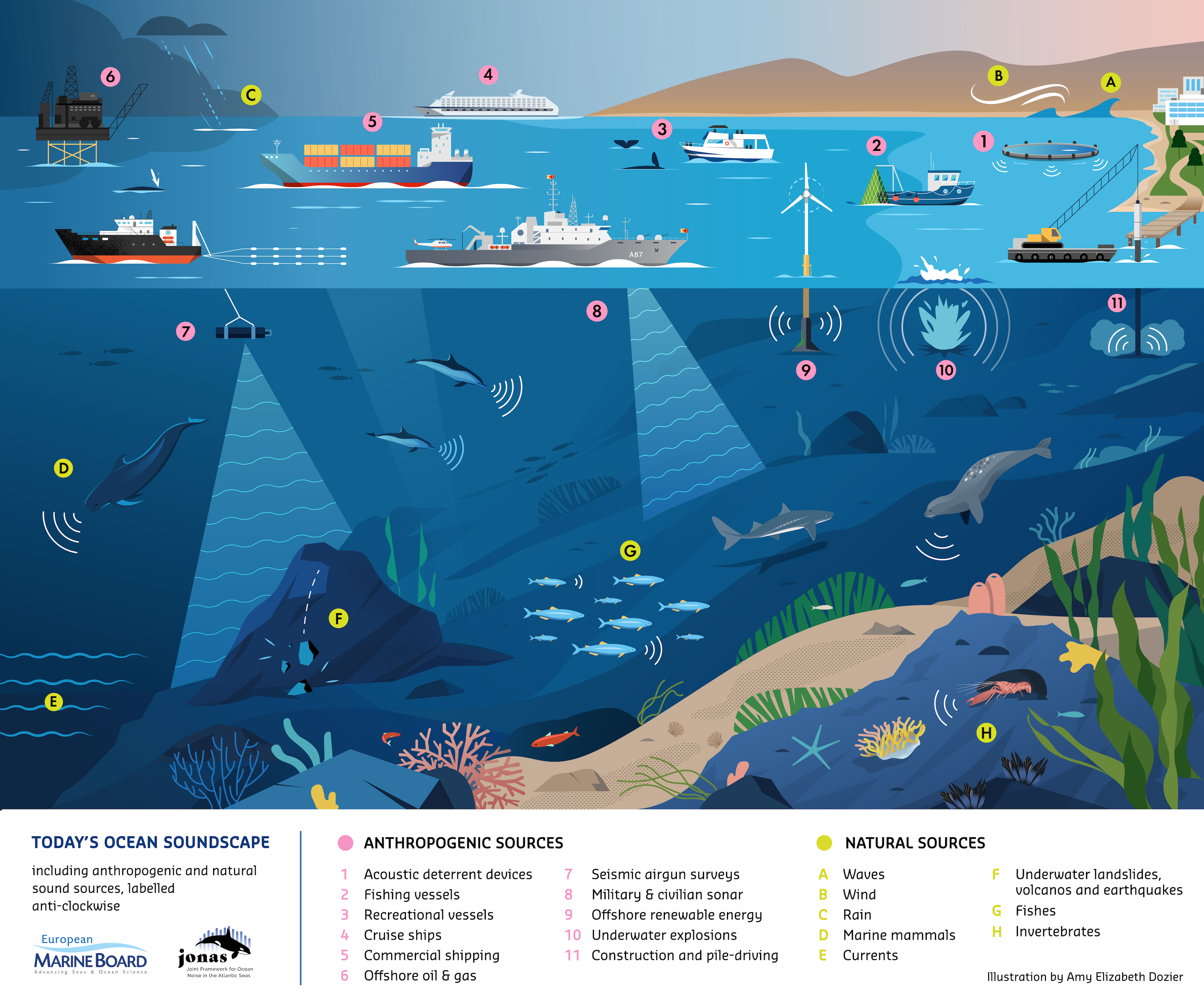
Illustration by Amy Dozier, in Thomsen, F., Mendes, S., Bertucci, F., Breitzke, M., Ciappi, E., Cresci, A. Debusschere, E., Ducatel, C., Folegot, F., Juretzek, C., Lam, F-P., O’Brien, J., dos Santos, M. E. (2021) Addressing underwater noise in Europe: Current state of knowledge and future priorities. Kellett, P., van den Brand, R., Alexander, B., Muniz Piniella, A., Rodriguez Perez, A., van Elslander, J., Heymans, J. J. [Eds.] Future Science Brief 7 of the European Marine Board, Ostend, Belgium. ISSN: 2593-5232. ISBN: 9789464206104. DOI: 10.5281/zenodo.5534224.
Videos
View all JONAS videos on our project YouTube channel here.
JONAS & JOMOPANS Joint Final Conference on Underwater Noise (June 2022)
View the presentations from the JONAS & JOMOPANS Final Conference in one playlist here.
Overview of the JONAS project from Project Coordinator Gerry Sutton
This introduction to the project was given at our first stakeholder workshop held in June 2020. View here.
Shipping Risk Indicator Development
The Joint Framework for Ocean Noise in the Atlantic Seas (JONAS) project is currently developing an indicator for the risk of impact from shipping noise in the northeast Atlantic Ocean which will meet the requirements of the EU Marine Strategy Framework Directive, Descriptor 11. In this presentation from our 1st Stakeholder Workshop, Nathan Merchant of CEFAS introduces the proposed indicator for feedback from participants. View here.
Overview of the JONAS project from the INTERREG VA MPA Webinar
Get introduced to the JONAS (Joint Framework for Ocean Noise in the Atlantic Seas) project in this presentation from Project Coordinator Gerry Sutton, which was given at the INTERREG VA MPA Webinar in November 2020. View here.
JONAS Receives Special Commendation at .eu Web Awards
JONAS received a special commendation for artistic creativity at the 2020 .eu Web Awards. Watch JONAS Communications lead Kathrin Kopke (MaREI UCC) accept the award on behalf of Amy Dozier (MaREI UCC), who designed and managed the JONAS website. View here.
Tools
Pam2Py: Passive Acoustic Monitoring for Python
A Python package for passive acoustic monitoring in PAMGuide developed by JONAS researchers at UAlg’s SiPLAB.
Passive acoustic monitoring is the technique of choice for listening to marine mammals, monitoring the ocean soundscape and evaluating anthropogenic noise harmful to marine life. Accurate ocean sound monitoring requires an endless number of continuous recordings over large remote areas, performed by different teams, often from different countries and using an array of different recorders. Different recorders have different hardware specific sensitivities, gains and bandwidth filtering characteristics. Those different characteristics require proper calibration to a common standard allowing for integration into a single coherent picture of the ocean soundscape.
PAMGuide does exactly that: it allows for a proper compensation of hardware differences and provides a standard for calculation of sound pressure level (SPL). But in order for the SPL of individual recorders to be integrated into a larger soundscape picture, it needs to be put alongside context information (metadata) and exchanged between institutions.
The PAM2Py package implements the PAMGuide in Python with three important features and extensions:
- Written in open source Python language allows for PAM2Py to be license free and therefore run independently from any proprietary software (such as Matlab).
- PAM2Py extends PAMGuide with the Exchange Data Format (EDF) that defines a metadata descriptor self-contained format of averaged SPL data specially designed to reduce data sensitivity and facilitate exchange.
- The EDF format implemented in PAM2Py also allows for exchanging modelled SPL data soundscape data resulting from simulations or other software
Download PAM2Py
Download the PAM2py package on the SiPLAB website here. You’ll find the downloads on the right side of the page.
Download PamGuide
PAMGuide is an acoustic analysis software for passive acoustic monitoring using MATLAB and R. Read more about PAMGuide and download the software here.
Photo Gallery
